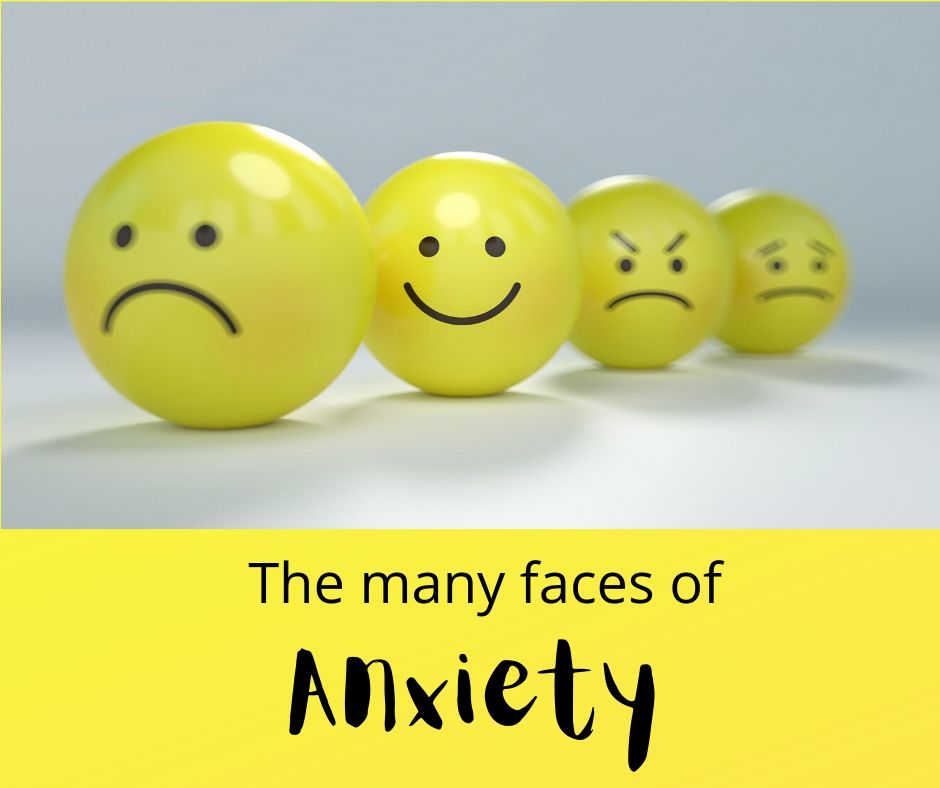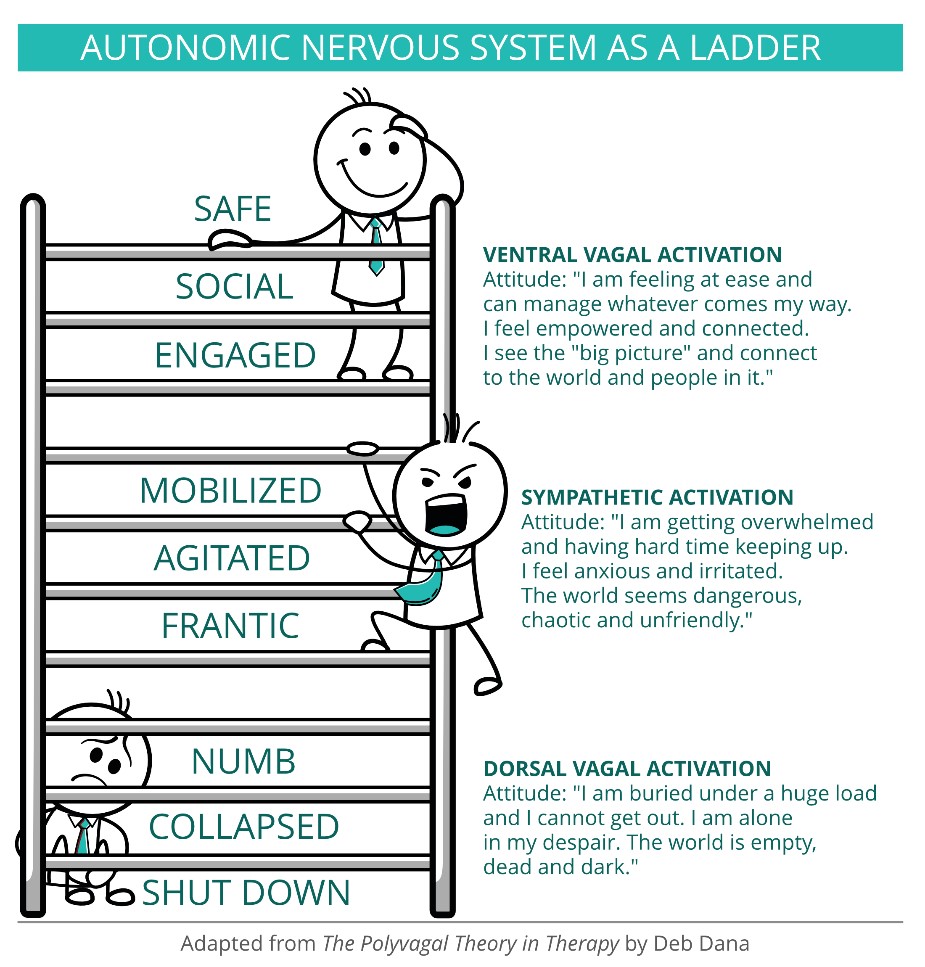Post 2: How the Autonomic Nervous System works
July 2, 2020By Kaity Sollenberger

This is the second in a six-part series of posts about anxiety, presented by Schreiber’s behavioral health therapists. Today, we take a look at the brain and the Autonomic Nervous System.
Here’s the list of all the posts:
Post 1: What is Worry
Post 2: How the Autonomic Nervous System works
Post 3: How worry affects our body
Post 4: A little spot of anxiety
Post 5: How worry affects our thinking
Post 6: Other calming strategies
The last few months have been full of unknowns, unexpected changes, uncertainties and fear for both adults and children alike. These circumstances can wreak havoc on our bodies, specifically our Autonomic Nervous System (ANS), which can lead to an increase of challenging behaviors. The Autonomic Nervous System is a part of our brain and body that controls reactions when it believes the body is in danger. If our brain perceives a threat, it will begin to prepare our body for action – our fight, flight or freeze responses.
There are three major branches to the ANS: the Ventral Vagal branch, Sympathetic branch and the Dorsal Vagal branch. The Ventral branch serves as the social engagement system, meaning you feel calm, controlled, safe and socially engaged. The Sympathetic system controls fight or flight and prepares the body to respond to a perceived threat. In this branch, behaviors will begin to increase and the person will become agitated, frantic and possibly aggressive. The Dorsal Vagal branch is our freeze response. The body will begin to feel numb and heavy. The person will have little motivation or a desire to participate in activities.

Think of these three branches as a kind of ladder. The Ventral Vagal branch would be at the top, the Sympathetic branch would be in the middle and the Dorsal Vagal branch is at the bottom. We go up and down this ladder throughout the day. We want to stay more toward the top instead of the middle or the bottom.
Due to all of the changes, uncertainties and fears our bodies are most likely in the Sympathetic branch right now. But good news – there are ways to regulate your Autonomic Nervous System and help move up the ladder to the Ventral Vagal branch!
Some regulation suggestions for children include taking slow, deep breaths; giving them something to chew on, suck on or crunch on; making sure they’re not hungry or tired; helping them with muscle relaxation; reducing noise and dimming the lights. Click on this link for other ideas.
Remember, children need to be coached and guided through regulation. This is called co-regulation. In other words, model how to appropriately regulate through your emotional responses. First and foremost, make sure you are regulated, then you can help to co-regulate your child. Our goal is to regulate the child, relate to how they are feeling, and then instruct and teach.
Kaity Sollenberger is a behavioral therapist at Schreiber.